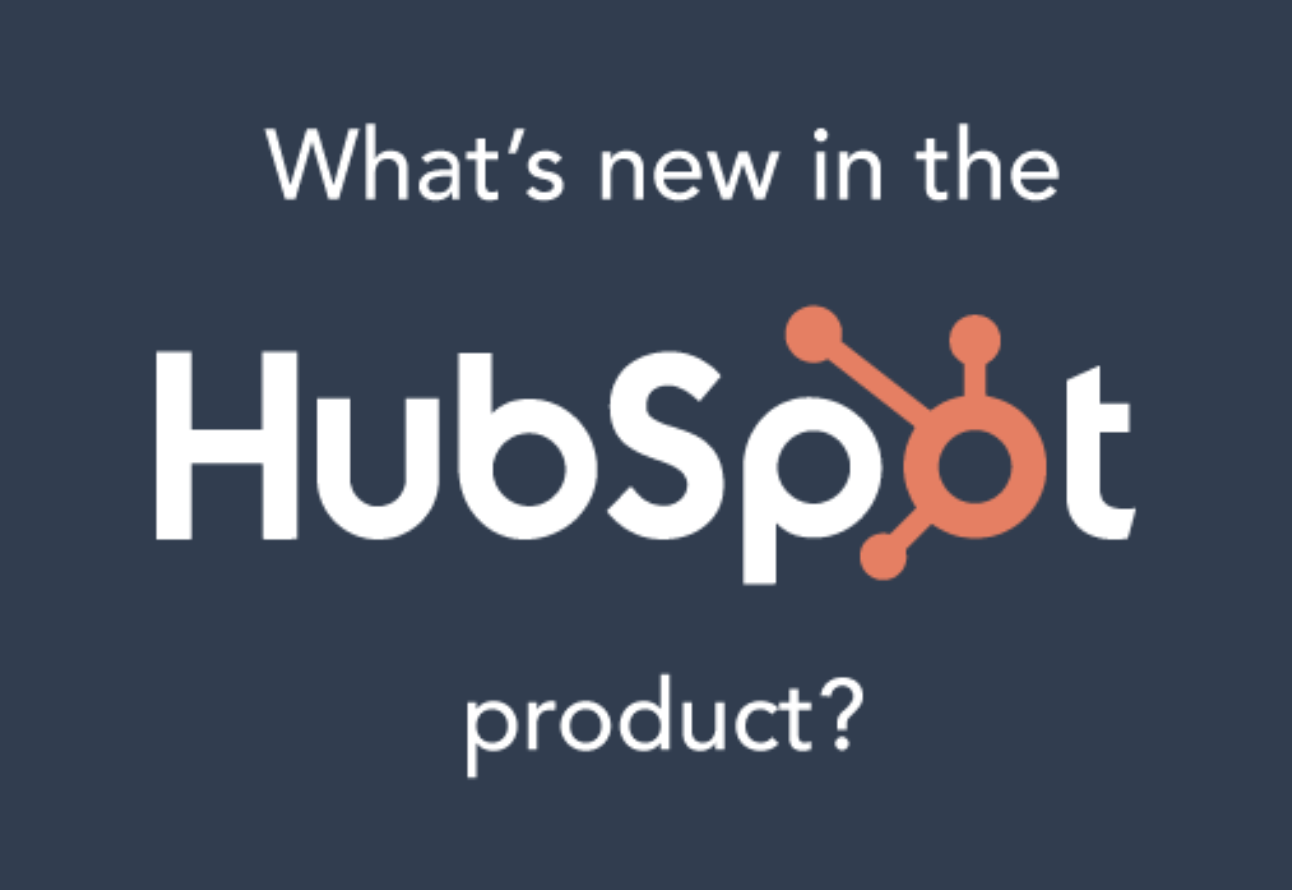At HubSpot, we love barbecues. And customer research shows that chances are, you do too (veggie options included)! It’s fun to hear what everyone’s been up to, where they’ve traveled, what books they’ve read. But, occasionally, someone brings something up — perhaps a new song or a news story — that everyone seems to know about… except for you.

As an example: Artificial Intelligence. Machine Learning. Everyone is talking about them, and you think to yourself, I know I’ve seen the term, but what exactly is that again?’ If you’ve ever experienced this or thought this to yourself, I can assure you, you’re in good company.
So, I thought I’d take a moment to share some quick tips, so you can feel well informed and sound super impressive at your next family barbecue, or baby shower, or wherever it is that you want to sound smart.
1. What exactly is machine learning? And, how is it different from artificial intelligence?
Artificial intelligence is a broad concept of machines behaving like humans. This concept includes machine learning, as well as more simple tasks like planning & problem-solving.
Machine learning is a discipline of statistics and computer science that’s usually considered AI. In the simplest of terms, it’s the process of mimicking human decision making by giving a computer access to tons of examples of human decisions and letting it identify patterns. After they identify patterns (such as, cats have pointy ears and dogs tend to have longer, floppy ears), computers can teach themselves to make predictions or recommendations. As computers have access to more and more data over time, their predictions and recommendations become more and more accurate.
Machine learning is incredible because computers are increasingly able to make the kinds of decisions that used to require human intelligence, and computers can make thousands or even millions of decisions in the same time that it might take a person to make only one.
2. Why have AI and ML become so popular recently?
The concept of artificial intelligence has actually been around since the 1950s (the first AI conference was held at Dartmouth College in 1956), but has ebbed & flowed in popularity through a number of “AI winters.” AI has been the next big thing for almost seven decades!
In the last decade, however, several recent developments have caused AI & ML to explode -- both in functionality & public awareness:
- Data availability: Frequently referred to as the Dataquake, ~90% of the world’s data was created in the last 3 years, due to the continued rise of the internet, social media, and the internet of things
- Faster & less expensive computing power: The development of GPUs and TPUs (which are basically specialized microprocessors that can do fewer operations than CPUs, but in a fraction of the time) has allowed ML algorithms to process data way faster
- More advanced algorithms, including deep learning: The combination of neural networks with massive data sets & more computing power has truly unleashed the power of machine learning
3. Okay, so how does ML work, at a high level?
Briefly, there are three types of machine learning:
- Supervised learning - classification: When every input has a known output. These models take a set labeled dataset (e.g., thousands of pictures that are either tagged as dog or cat) and learns to identify what features are likely to make an animal either a dog or a cat. Then, when the model is shown a new picture, it predicts whether the photo includes a dog or a cat.
- Unsupervised learning - clustering: When the output is unknown. Rather than trying to predict a known output, the model tries to identify any underlying patterns in the data (e.g., customer segmentation)
- Reinforcement learning: Somewhat in between supervised & unsupervised, RL is when an algorithm relies on some labeled data as well as active feedback. (e.g., our new Adaptive Page Testing feature uses reinforcement learning to optimize our customer’s landing pages, based on which landing pages generate the most form submissions.)
Supervised learning is where the majority of ML advances have been in recent years, and this is also primarily where HubSpot’s ML team is focused.
4. And, what exactly is HubSpot doing with ML?
We’re using ML for all kinds of things at HubSpot, but here is an easy way to remember it:
- HubSpot uses ML to help customers get data into the CRM and keep it clean, in a number of ways:
- CRM import allows you to efficiently import customer data into HubSpot by automatically mapping data fields.
- Business card scanner enables you to seamlessly enter new contacts whenever you receive a new business card, by simply scanning the card with our app. No manual entry needed!
- Contact deduplication (just released in June 2019 for Marketing Pro and Enterprise!) uses machine learning to compare thousands of contacts in seconds, alerting you to potential duplicates. After your review, you can painlessly merge duplicates into a single contact.
- HubSpot uses ML to help customers more easily personalize their content. For example:
- CMS blog recommendations suggest which other blog posts should be recommended as additional reading at the end of each post, keeping visitors engaged by suggesting the most relevant content to each individual
- SEO keyword suggestions give customized recommendations on which keywords will optimize your content, based on the content of other top ranking pages for a given topic, to make sure your content is found online by the customers searching for it
- Service Hub knowledge recommendations provides your customers with personalized recommendations as they’re browsing content on your knowledge base
- HubSpot uses ML to protect against abusive behavior. In particular, our models help prevent phishing attacks and spam sent through HubSpot’s email services.Preventing malicious email behavior is not only the right thing to do but also ensures HubSpot keeps its world class email deliverability reputation.
5. Outside of HubSpot, where else might I see examples of machine learning?
Now that you are aware of it, you’ll see machine learning around you everywhere!
- Any service with a recommendation engine (e.g., Amazon, Netflix, Spotify)
- Personal assistants that use verbal language process (e.g., Siri, Alexa, and Google Home)
- Gmail’s smart compose -- predicting how you want to finish your sentence
- Security captchas -- entering captchas helps machine vision improve its ability to read challenging fonts and handwriting (to clarify, the captchas themselves are not machine learning, but every time Google asks you to identify which parts of an image have a street sign in it, you are proving you are not a robot while simultaneously labeling image data for their ML models)
- Autonomous vehicles -- the many radars on each vehicle track visual & audio data in order to operate the vehicle like a human would
- There are also more obscure applications, such as reproducing art
I hope this has helped to decode ML for you and better equips you to sound like an expert! If you want to learn more about ML at HubSpot, check out some of our other blog posts. And, to keep up with the AI field more generally, I’d also recommend subscribing to some AI newsletters. One of my favorites is InsideAI.
Want to connect with others on HubSpot tips, tricks, and updates? Head over to the HubSpot Community to join a conversation or start one of your own.










